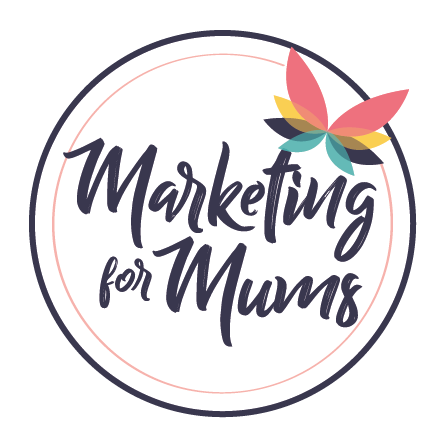Our guest blogger, Alison Joshi is an award winning graphic designer.
In her blog, she provides some hints and tips to help you design marketing materials online that follow great design principles.
Unless you are a trained creative, it can be difficult to understand what makes good design. You can always ask a graphic designer to put your design items together, but if budgets are tight you sometimes have to do it yourself. Luckily there are pieces of online software that you can use to create your own communications, social media campaigns through to simple flyers.
However, the problem with these is where to start. Indeed, if you are not creative it can be overwhelming and your items can soon start to look cluttered and unprofessional.
Below are some hints and tips to design marketing materials online:
Tool kit
Make sure you have a tool kit of assets that are fixed. Fonts, colours, graphic shapes etc.. Keep to a small set of fonts, colours and graphic devices to help ensure consistency. Try to limit yourself to 2/3 different font styles or weights, too many different styles can make it confusing for the eye.
What are you going to say?
What is it that you are trying to sell or promote? Think about your headline, subhead, bullet points and your call to action. Think about how people read or skim read. What important messages do you want them to get from your leaflet or ad? What do you want people to do once they have read the copy; call, email, click?
Don’t let the important details like an offer or promotion get lost in the body copy.
And don’t forget your contact details at the bottom.
Imagery
Any marketing communications (online or offline) need some sort of imagery, whether it is a graphic shape or a photograph. What are you going to use to break up the content?
People love images so the bigger the better. A big strong hero image will have more stand out than a page of text and words. 40% of people will respond better to visual information than plain text.
Think about using both sides of a flyer, use one side for an image and the other for all your information.
Do you have bespoke imagery or do you need a stock image?
Bespoke imagery is always better and there are some great photographers who can offer more affordable packages so that you can get the imagery you need.
Stock imagery can work but be aware that everyone else can use that image and more than likely they have. Avoid clichéd imagery, it cheapens your brand and it’s easy to tell when you have used stock images.
Balance and space
Good design is all about contrast and balance, big and small, dark and light, bold and regular. Having contrast creates more interesting layouts. Biggest text (Headline) to smallest text (Body copy). If everything is the same size it is difficult to read.
Have a highlight colour in your colour palette which you use to highlight important text. Bold some text in your body copy to create more stand out. But don’t bold it all!
Don’t be scared to go big or bold with colour, text or graphics. But then make sure you have something really small to add contrast.
Grid and margins – Line things up, have fixed outside margins and a background grid to stop things floating on the page.
Space – Allow room for pictures and important messages to breathe. Overcrowding layouts and squashing text together makes it difficult for the eye to take it all in.
Fonts
You should have a set of fonts that come from your website or logo. Choose a maximum of 2 or 3 fonts and weights and stick to them.
Choose a subhead font style, body copy font style, headline font style and stick to them. This will help create consistency with your communications. Too many different styles and sizes of fonts and colours creates too much contrast and not enough balance.
Don’t mix up your text alignment, either have your body copy centred or left aligned, don’t mix left, centred and right aligned.
Avoid script or handwritten faces for important information as it is not that legible. These fonts work best for small amounts of text or quotes.
Call to actions should be clear and unfussy.
I hope this has helped but if you are still a bit confused where to start and what to do then please do get in touch.
About Alison:
Having worked for some of the top advertising and marketing agencies in Central London, Alison decided to take her vast experience and set up her own creative studio, Joshi Was Janes, helping small to medium sized businesses stand out from the crowd. Areas of expertise include:
Logo and brand creation
Websites
Direct mail
Corporate collateral – folders, powerpoint templates, word templates
Infographics
Exhibition graphics
If you would like to find out more about her services, you can reach her in the following ways:
Telephone: 0781 376 9436
Email: alison@joshiwasjanes.com
Website: www.joshiwasjanes.com

